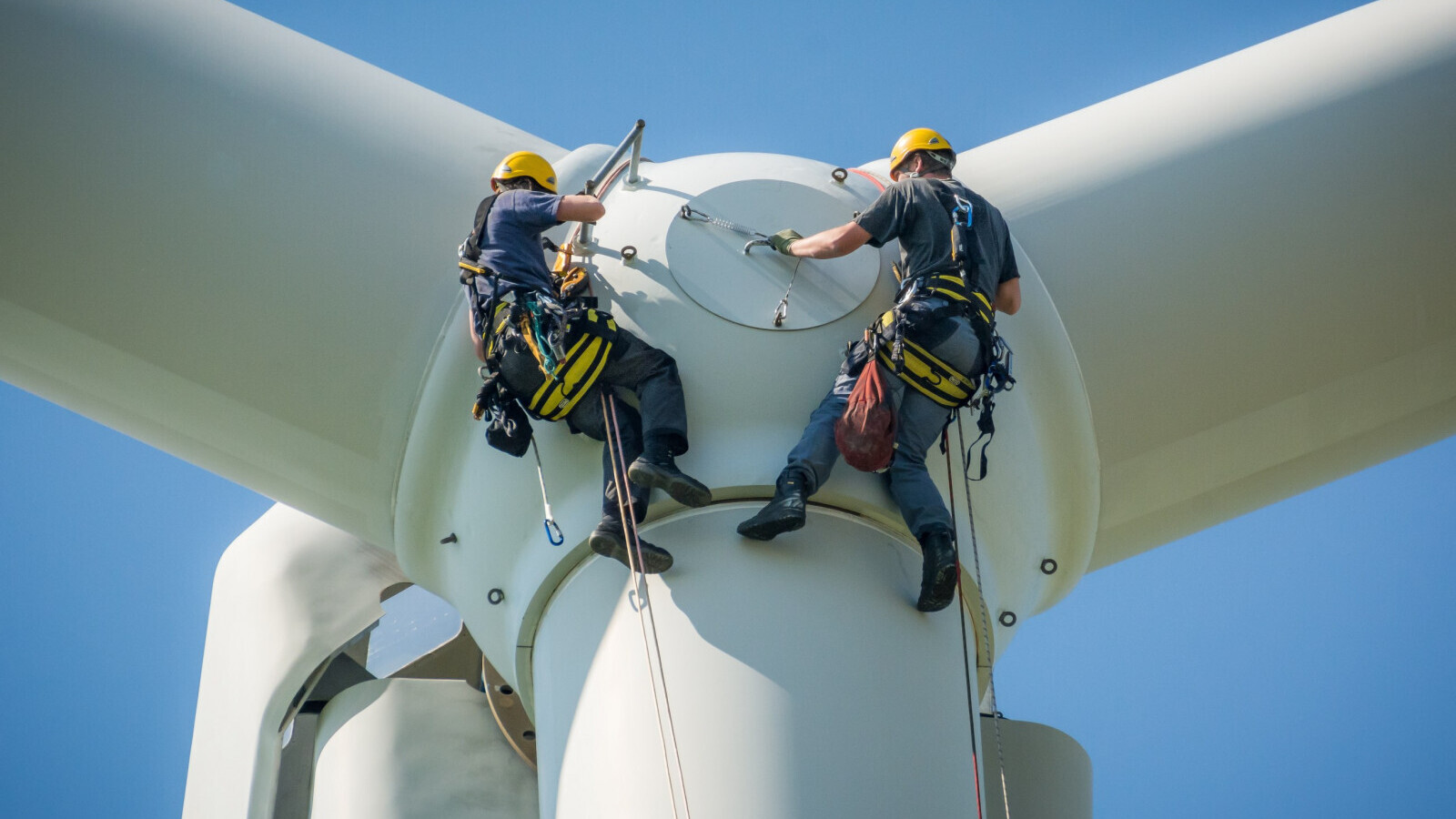
Inflation Reduction Act could fuel ‘unprecedented growth’ for renewables
Package worth $369bn will transform renewable energy in the US.
Industry participants believe the passing of the Inflation Reduction Act by the House of Representatives could have a transformative effect on renewable energy in the US.
The act, which had already received approval from the Senate before being passed in the House last week, aims to curb inflation by reducing the US budget deficit.
However, it also includes measures to invest in domestic energy production while promoting clean energy solutions, which could be disinflationary.
Vice President Kamala Harris said the bill’s passing by the House of Representatives was “an historic achievement ... that will directly benefit millions of Americans”.
She said: “We will make the largest investment in our nation’s history to address the climate crisis, creating good-paying, union jobs in wind, solar, and electric vehicle manufacturing. We will lower energy bills for working families and support environmental justice.”
Record sums to reduce US emissions
Jennifer Boscardin-Ching, client portfolio manager for thematic equities at Swiss asset manager Pictet Asset Management, said the act had been described as “the most significant federal climate action legislation in US history”.
She said: “The act appropriates a record $369bn for energy and climate programs over the next ten years, with the goal of reducing US greenhouse gas emissions by 40% from 2005 levels, the costs of which would be largely offset by revenue raised through tax reforms included in the act.”
Boscardin-Ching said this would extend renewable energy tax credits to support large-scale growth of the industry in the US, encouraging the acceleration of the transition towards renewables.
Meanwhile, the act will also encourage the development of energy storage as increased use and production puts pressure on existing structures, she said.
“Until now, energy storage – mostly battery storage – tax credits were tied to solar energy projects, so new tax credits for stand-alone storage will allow the energy storage solutions market to take off and be sited in the most lucrative locations without the constraints of solar energy,” Boscardin-Ching explained.
She added: “Alongside the transition towards renewable energy, large greenhouse gas emitters will be penalised by imposing a fee on excess methane emissions from oil and gas facilities that exceed a certain threshold.”
“This would further increase competitiveness of the renewable industry versus fossil fuels.”
I think the coming years will be the best ever for developing clean energy projects in this country, which translates to jobs, tax revenue and an improved climate for everyone.
Creating jobs, tax revenue and an improved climate
The act was also welcomed by companies operating in the renewable energy space in the US.
John Billingsley, chairman and chief executive of Tri Global Energy, a developer of utility-scale wind solar and energy storage, said the act would fuel “unprecedented growth for renewable energy in America”.
He said: “I’ve seen estimates from the White House that this bill will almost triple the number of wind turbines in America producing clean, renewable energy over the next eight years, and I think that is very realistic.
“Many companies have been holding back on renewable projects until they knew what the legislation would deliver, and now we have that certainty – and we have it for the next decade in the form of tax credits.”
“Because of this, I think the coming years will be the best ever for developing clean energy projects in this country, which translates to jobs, tax revenue and an improved climate for everyone.”
Jenn Pryce, president and chief executive of global non-profit investment firm Calvert Impact Capital, said another measure – significant funding for a national green bank to invest in energy and emission-reducing projects – would be a “game changer”.
She said: “The provision for a Greenhouse Gas Reduction Fund in the recently passed Inflation Reduction Act is a game changer for the communities we serve.”
“It will create a centralised national green bank to make it possible to reach households, businesses and communities that have not benefited from the energy transition to date.”
Pryce added: “This legislation is the start of an urgent process to ensure that every public dollar maximises the economic and health benefits for communities while saving our planet.”




